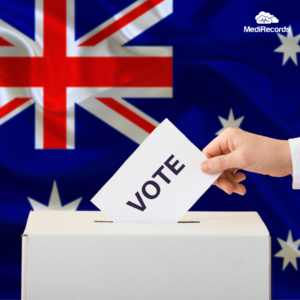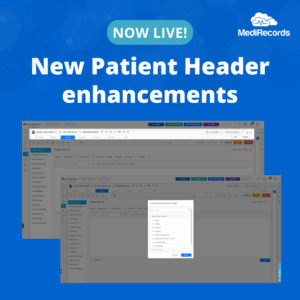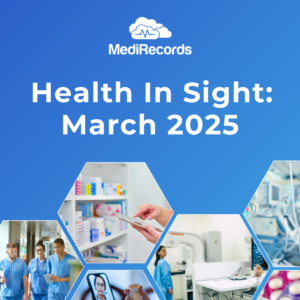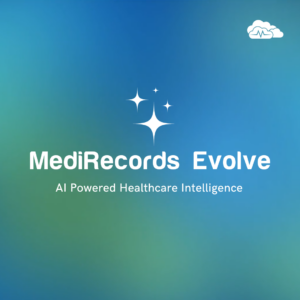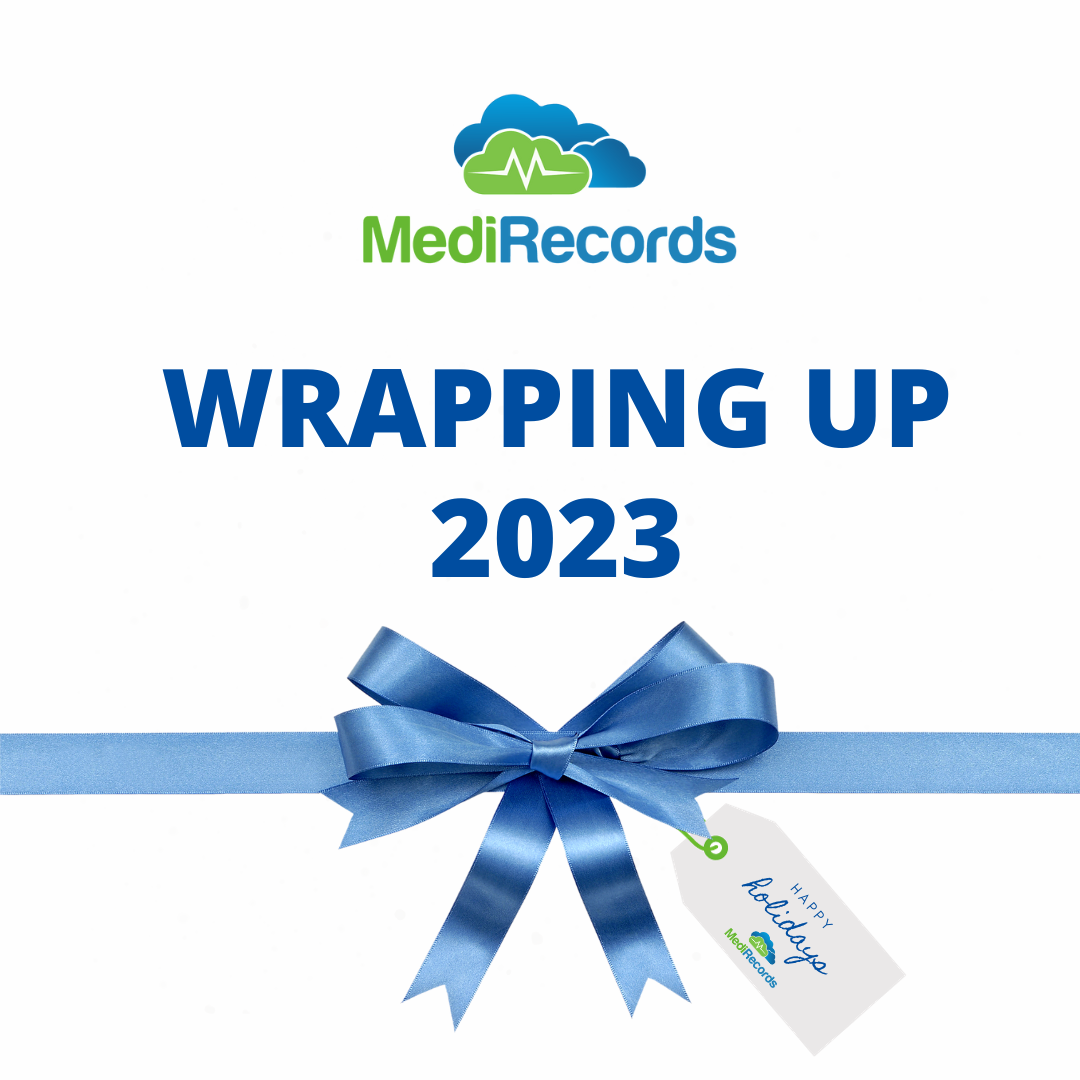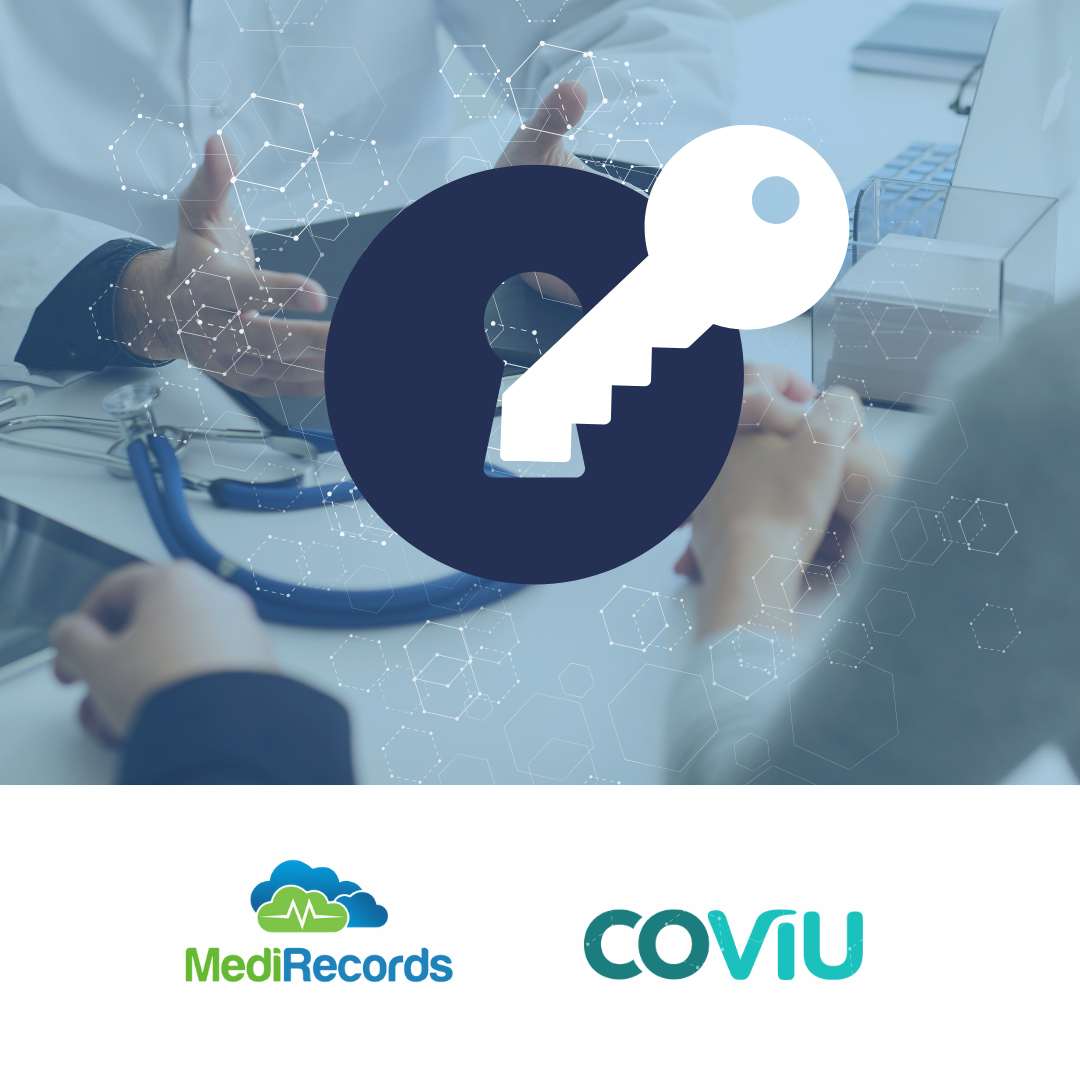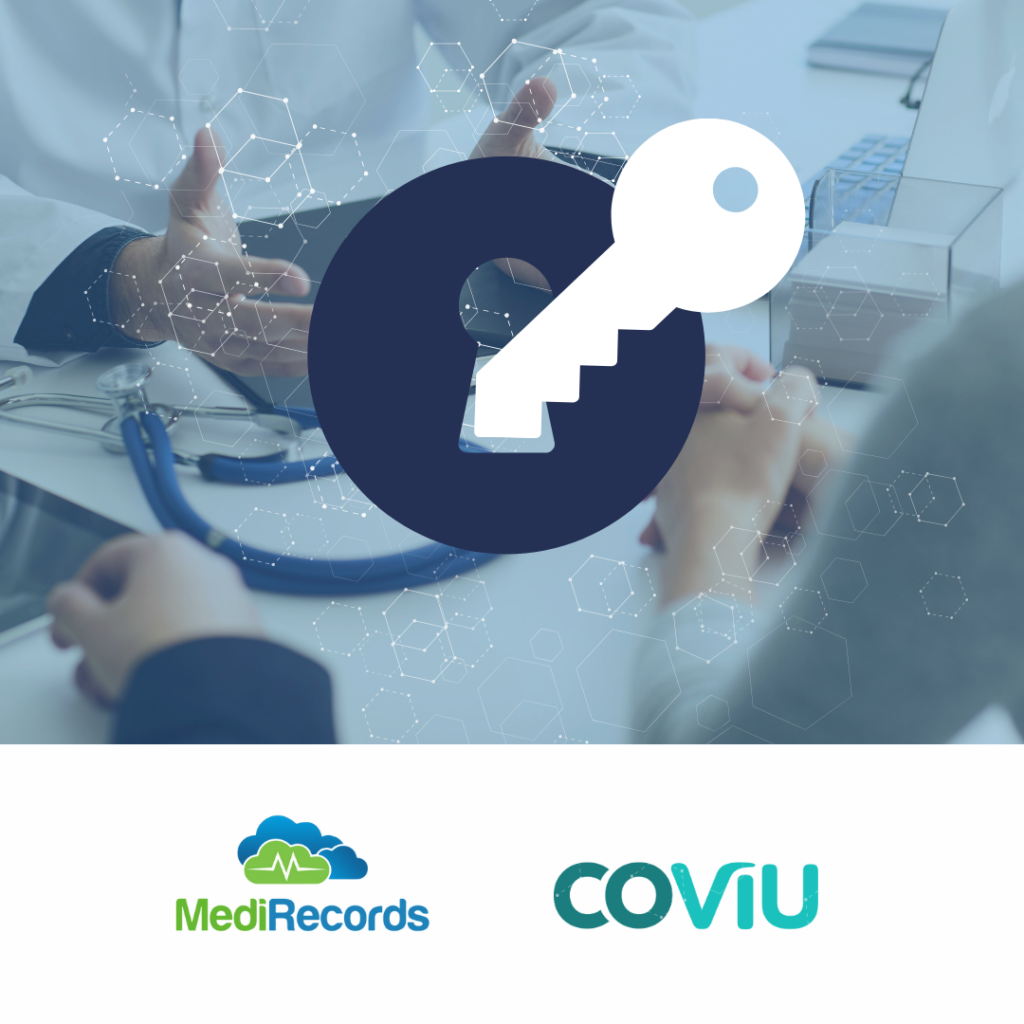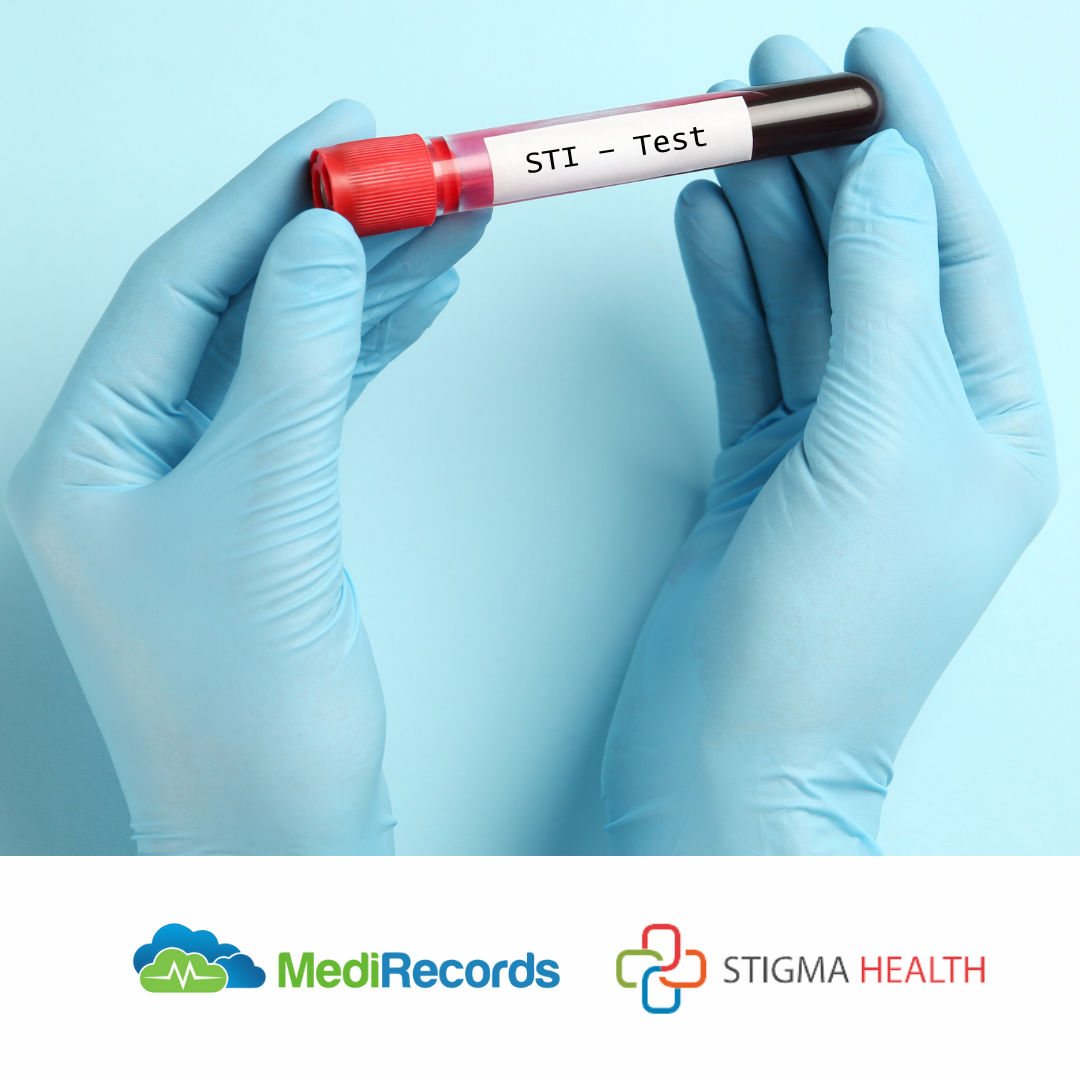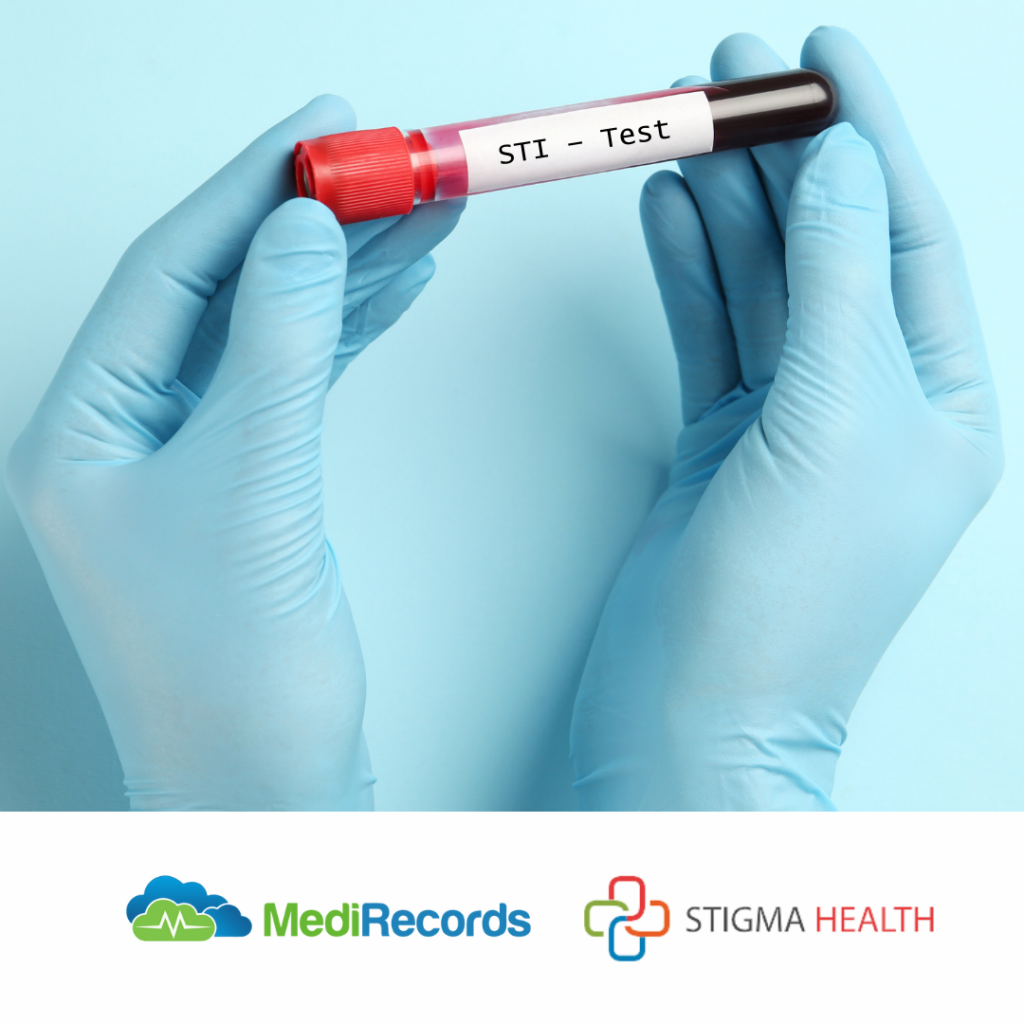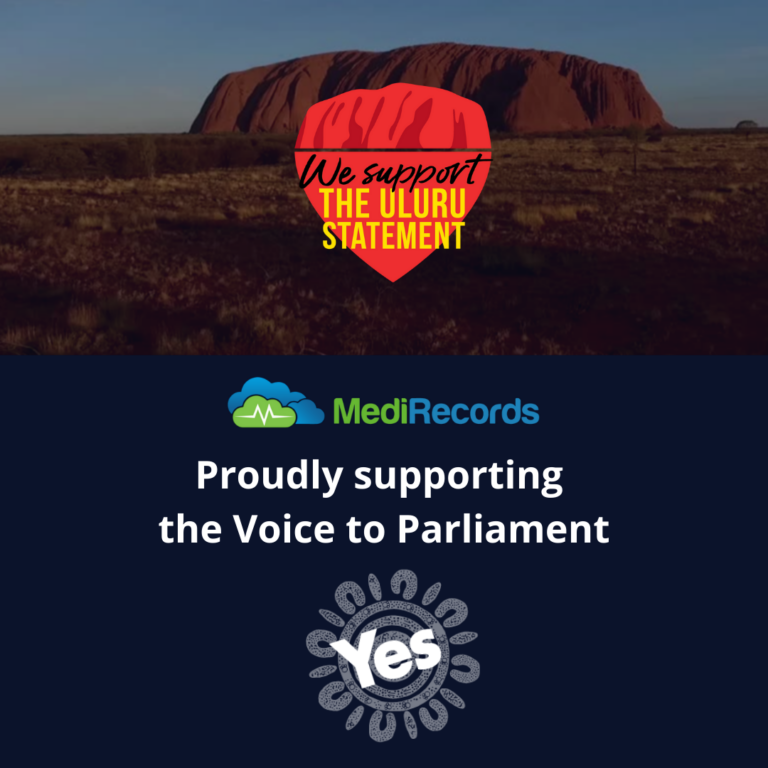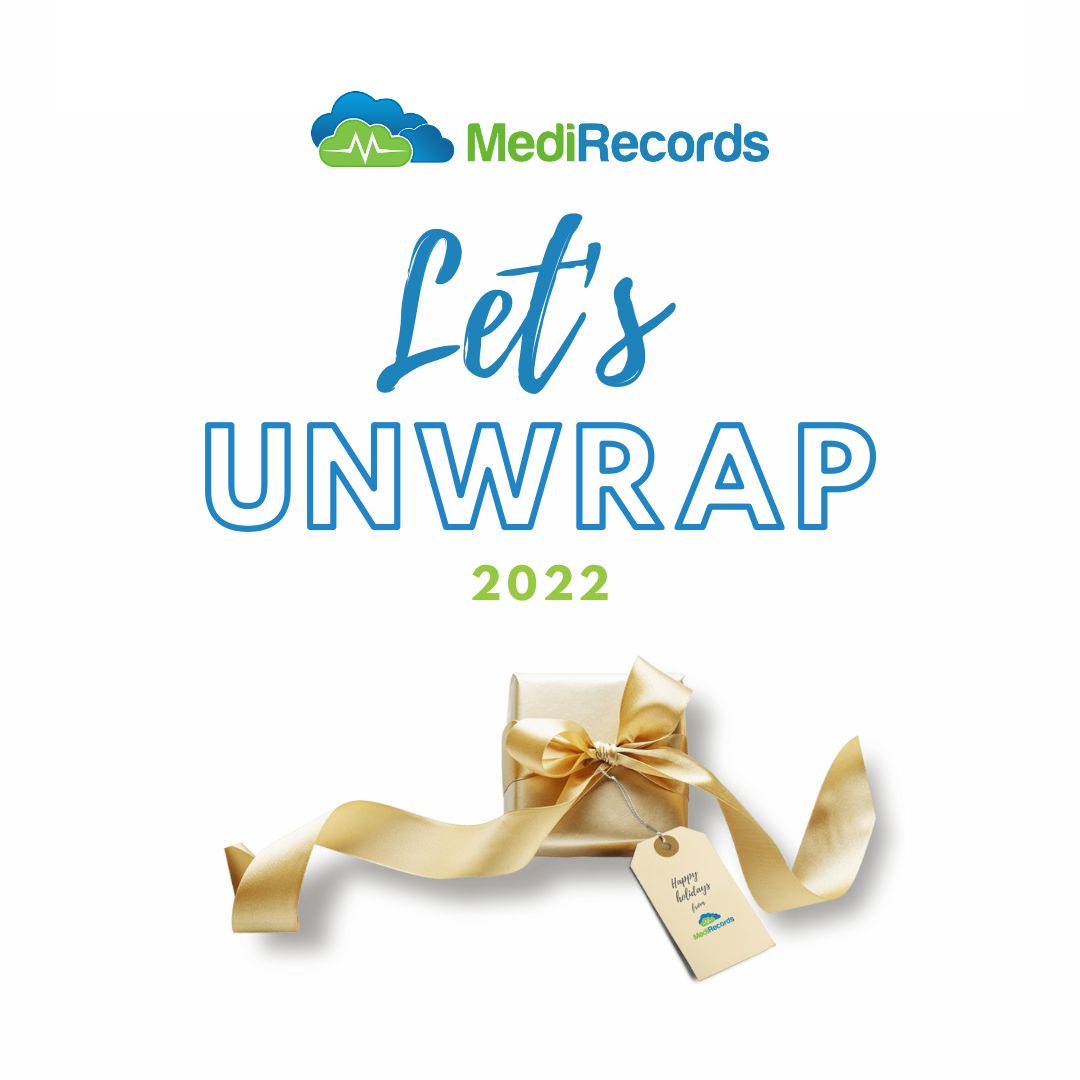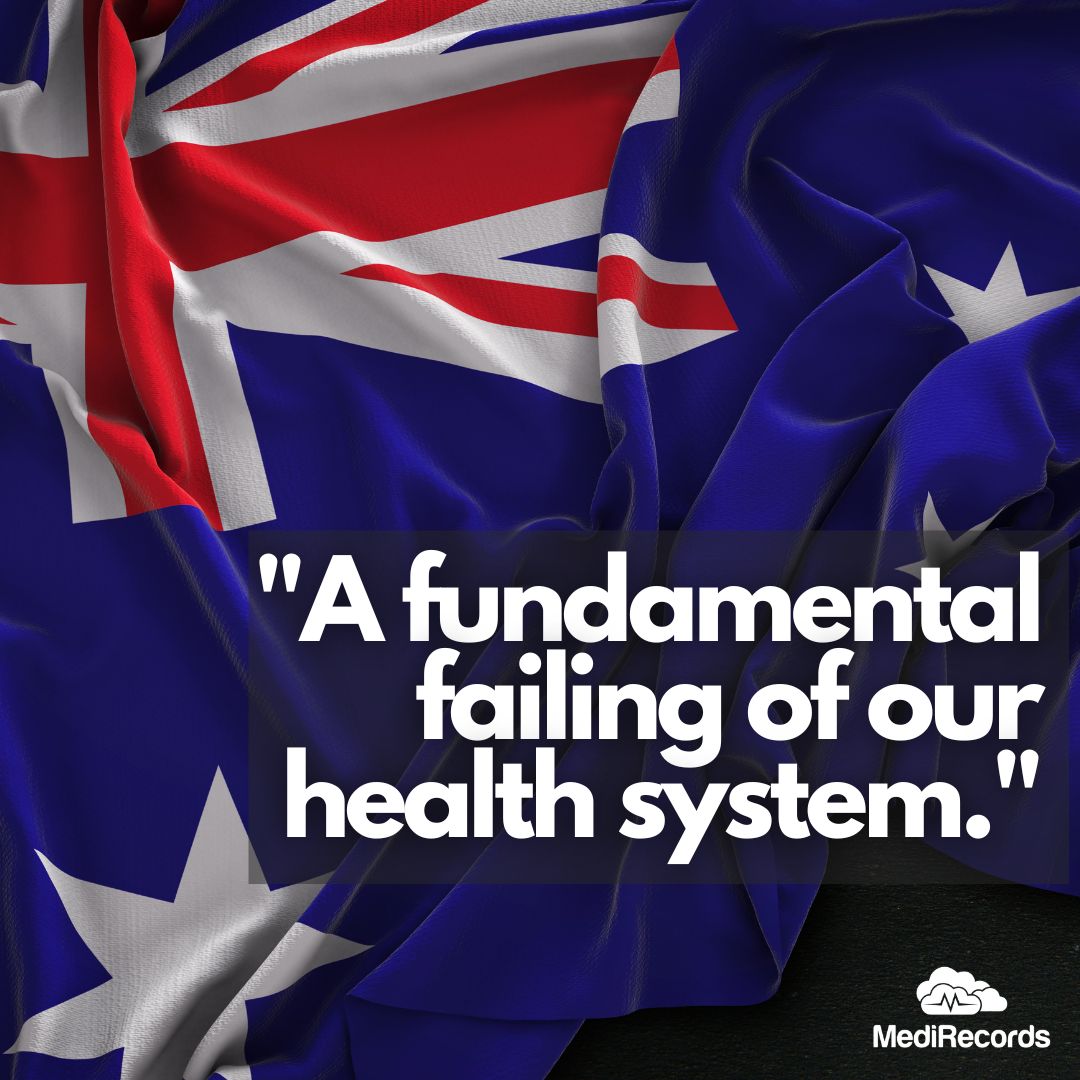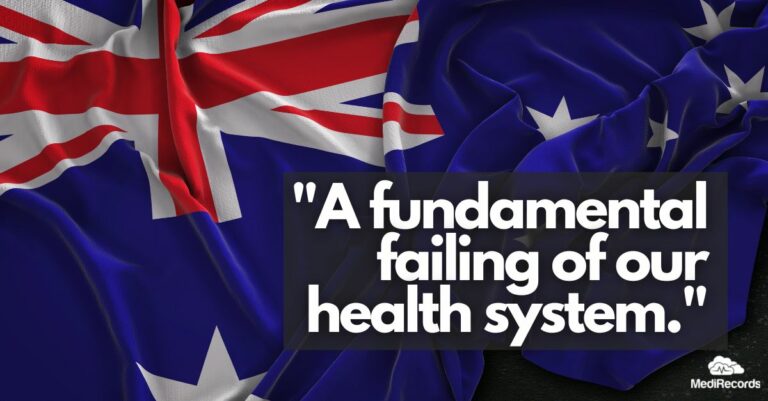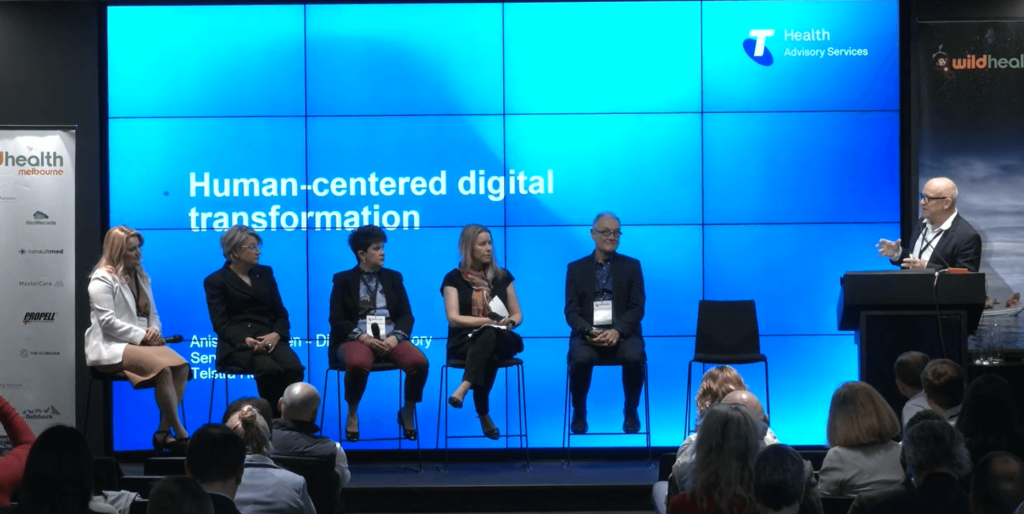December 20, 2024
Let's Wrap Up 2024!


Matthew Galetto - Founder and CEO
As we close out 2024, I want to express my appreciation to the MediRecords team for their hard work and dedication, and to our partners and especially our customers for their continued trust and support. This year has been a meaningful one, with progress that reflects our commitment to innovation and healthcare interoperability.
Driving Interoperability with FHIR
This year, we continued to lead the way in implementing Fast Healthcare Interoperability Resources (FHIR) standards. By adopting FHIR, we’ve enabled more seamless and secure data sharing across healthcare systems, improving patient care and operational workflows.
Innovation
We worked with CSIRO to develop FHIR-compliant Smart Forms, starting with the Falls Risk Assessment, which allows for faster deployment of clinical tools to support better health outcomes. Our collaboration with Heidi Health brought the Heidi AI Scribe into our platform, helping clinicians manage documentation more effectively and freeing up time for patient care.
Expanding Integration Capabilities
Through our Connect platform, we’ve expanded our suite of APIs, making it easier for healthcare applications to integrate and share data. These tools are designed to support safer, more coordinated care in a digital health environment. Many of our customers have used these APIs to create tailored patient experiences, showcasing the flexibility and capability of our platform.
Looking to 2025
As we move into the new year, we will build on this year’s achievements by deepening our work in FHIR, introducing more AI-driven features, and strengthening our collaborations with partners and, most importantly, our customers. A key focus will be on streamlining critical workflows to enhance customer satisfaction and operational efficiency. We also plan to expand our premium features, including group appointment and consultation flows, organizational-level referral and diagnostic request management, clinical and business intelligence reporting, custom fields, admissions, and case management.
Our unified healthcare platform—Care, Connect, and Engage—is making a difference. By supporting customers in growing their businesses, integrating with their systems, and enabling patients to stay connected with their clinics and doctors, we’re helping build stronger, more scalable healthcare solutions.
Season's Greetings
On behalf of everyone at MediRecords, I wish you and your families a safe and restful holiday season. To our customers, thank you for your continued support and trust—you are at the heart of everything we do. We look forward to working with you in 2025.
Warm regards,
Matthew


